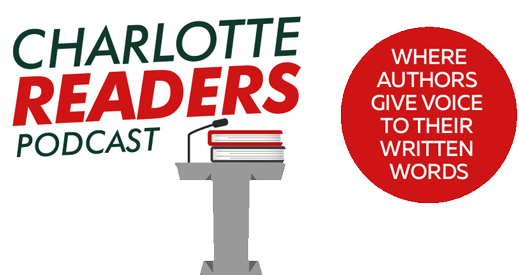From Family Legend to the Printed Page
Writer: Barry Lee Swanson
Remember those legends and yarns told around the dinner table at family gatherings? Growing up, such stories were abundant in our household. On occasion, my father would guardedly re-count some of his combat experiences in the Pacific Theater during WWII. My mother shared her memories as a nurse cadet preparing to be shipped overseas to tend to wounded soldiers, sailors and airmen. Many of us have listened to a myriad of such sagas. Sadly, most are long ago forgotten.
One such tale was dominant in my wife’s family and perpetuated by the existence of her uncle’s WWII diaries and letters. It was a Christmas morning when my father-in-law presented those artifacts to me along with a collection of his brother’s poems and medals in a plain box. “Thought maybe you could do something with these things of Philip’s,” he told me.
Thus, began my journey to tell Philip Zumwalt’s story.
I received that box over twenty years ago. At the time, I only dreamed of writing and sharing Philip’s adventures. Other responsibilities took precedent but nearly a decade ago I was finally able to begin writing his story as an historical fiction novel.
Countless hours were spent researching the Army Air Force’s role in WWII, what it was like serving in the Southwest Pacific Theater during the war, the intricacies of flying a B-17, the perfection of the skip-bombing technique, and what being a teacher in a small, midwestern rural village during the school year 1940-41 entailed. Interviewing WWII veterans and family members was essential to making the novel as true to the actual events as possible.
For those of you thinking about writing a story based on actual events and one that, perhaps, might even revolve around a bit of family folklore, here are a few suggestions I might offer:
- Research might seem tedious but it is necessary. Learning about another period of history can be exciting, especially when telling the story of a family member. I have a bookcase full of WWII resource books, novels and even manuals. Those were invaluable as I did my best to understand the immensity of that conflict and the daily struggles of those men and women who served.
- Allow the characters to actually tell the story while incorporating significant historical detail. I was always a fan of WWII movies as a young boy and re-watching those films gave me a sense of the language and customs of the early 1940’s. It was enjoyable to create characters that brought that time period to life. As all writing instructors admonish us, “show don’t tell”. Having the characters swinging to the then popular music, reading magazines and novels trendy in the 1940’s or going to the movies of that era were essential in making the novel true to that time period.
- Bring your characters to life by having them examine and discover their function and role in the world where they exist. This was somewhat easier for me because Philip wrote in his diaries extensively about the war and what he and his fellow service women and men were thinking. Diaries, letters, biographies and autobiographies all give us glimpse of the past and the world we are trying to replicate in our story.
- The internet—bad or good? The internet was a Godsend, especially as I was completing the novel during COVID. Maps, letters, descriptions and photos of actual places, etc. all informed and inspired me. Wikipedia can be a good place to start, but I recommend finding at least a couple of other reliable sources to verify the facts. In this age of disinformation, I believe it is important to be as factual as possible when it comes to writing about historical events, even in a work of fiction.
- Be as accurate as possible, but remember, it is fiction. Tell the story to the best of your ability but realize you were not actually there. Readers might discover some inconsistencies or question the validity of certain aspects of your story. Thank them for their observations and move on.
- Enjoy the journey. Most importantly, embrace the creative process. Have fun telling the story and sharing it with your readers. Fiction is, after all, a big “What If?” Basing it on actual events is like taking a trip back in time. What could be more exciting?
Barry Lee Swanson
Author of Still Points
Resource: Calkins, Susana, “How to Write Historical Fiction: 7 Tips on Accuracy and Authenticity”, Writer’s Digest, September 7, 2013.
About the Writer
 Barry Lee Swanson is an author, poet, United States Army veteran, and assistant professor emeritus from Knox College in Galesburg, IL. Swanson served as a full-time lecturer in the College of Education at the University of Illinois in Champaign-Urbana where he earned his Doctor of Education degree. He has published various articles and poetry for regional publications, and coauthored a textbook for a course in educational studies. Currently, he writes a column for a local newspaper in his hometown of Galesburg, Illinois. He recently released his first novel, Still Points, and is in the process of writing his second novel.
Barry Lee Swanson is an author, poet, United States Army veteran, and assistant professor emeritus from Knox College in Galesburg, IL. Swanson served as a full-time lecturer in the College of Education at the University of Illinois in Champaign-Urbana where he earned his Doctor of Education degree. He has published various articles and poetry for regional publications, and coauthored a textbook for a course in educational studies. Currently, he writes a column for a local newspaper in his hometown of Galesburg, Illinois. He recently released his first novel, Still Points, and is in the process of writing his second novel.
Website: boathouseproductionsnc.com
